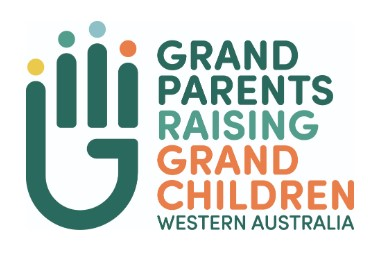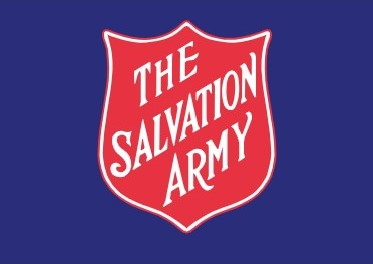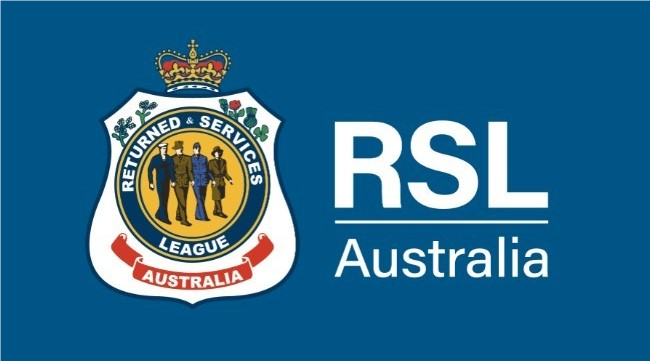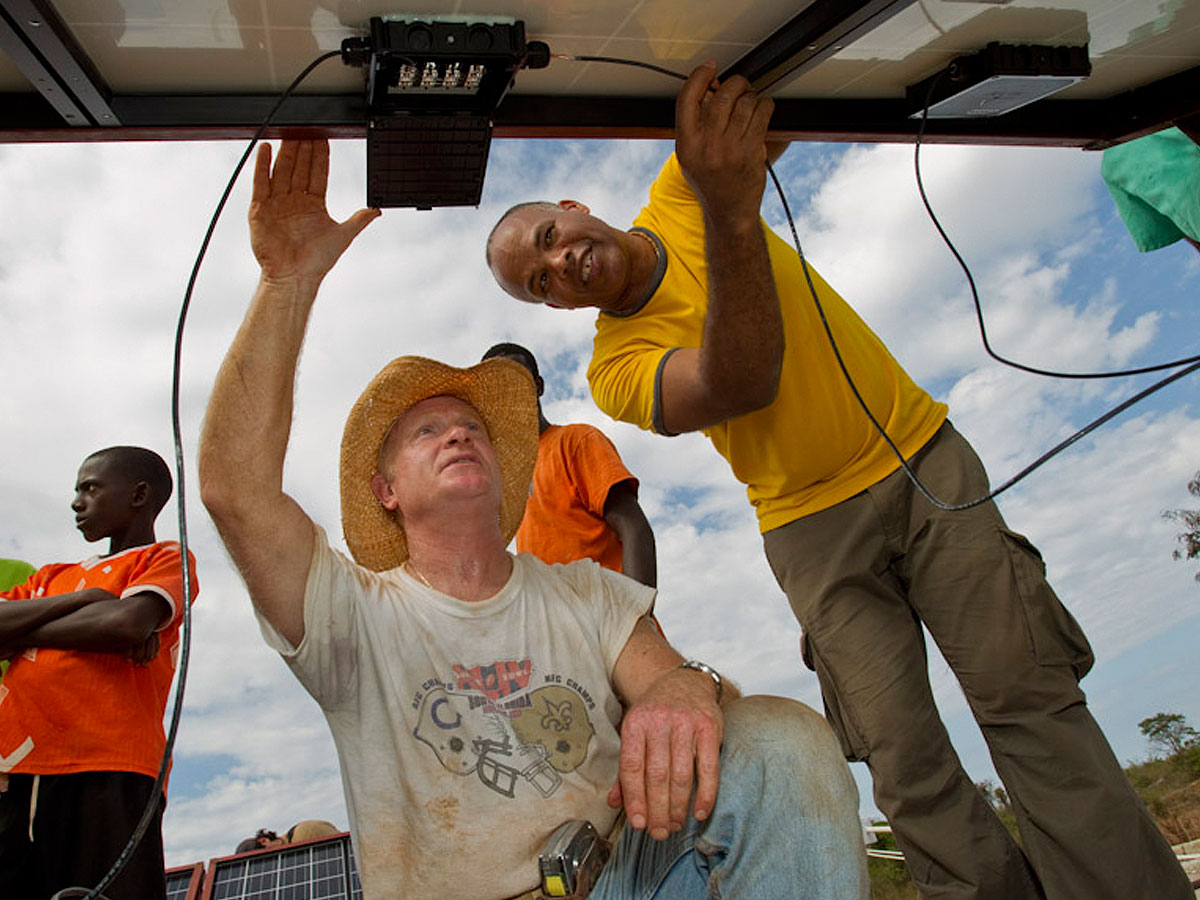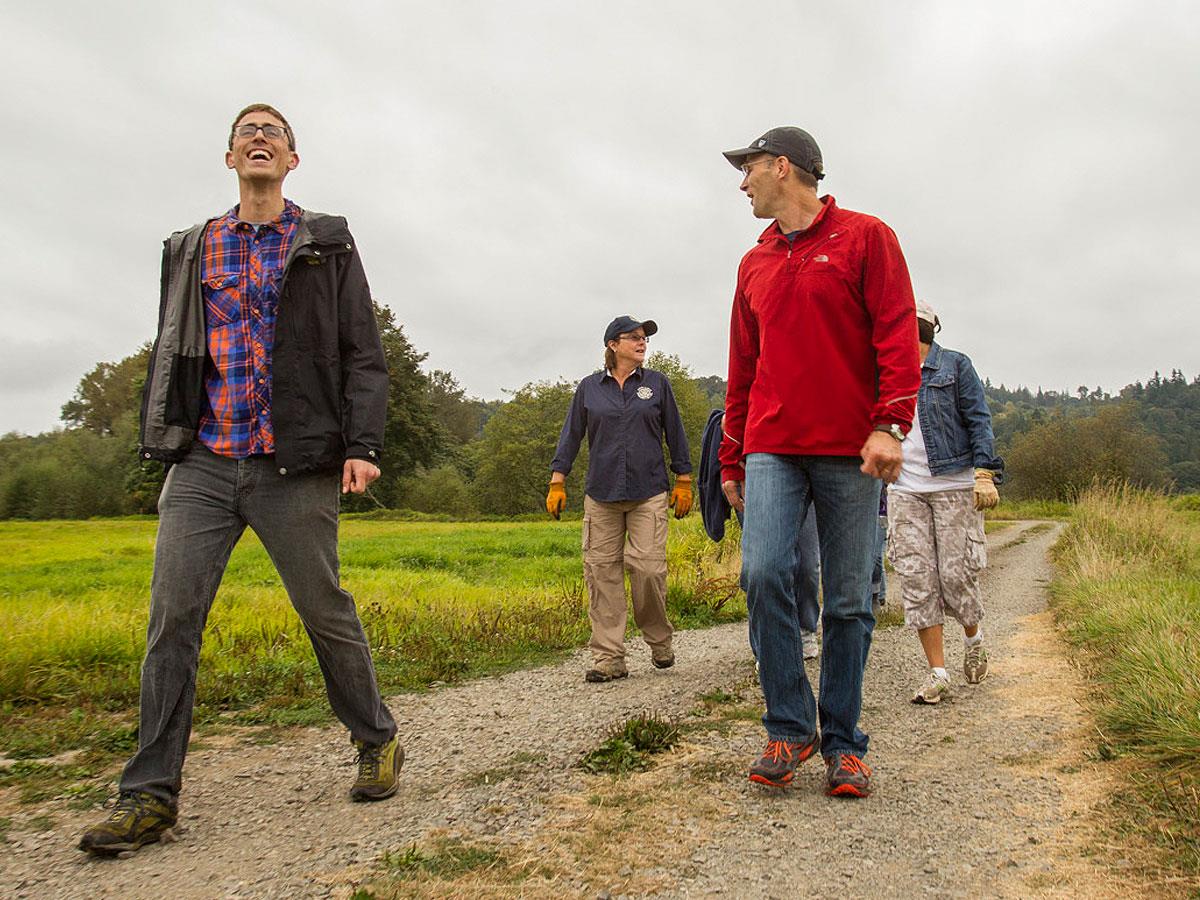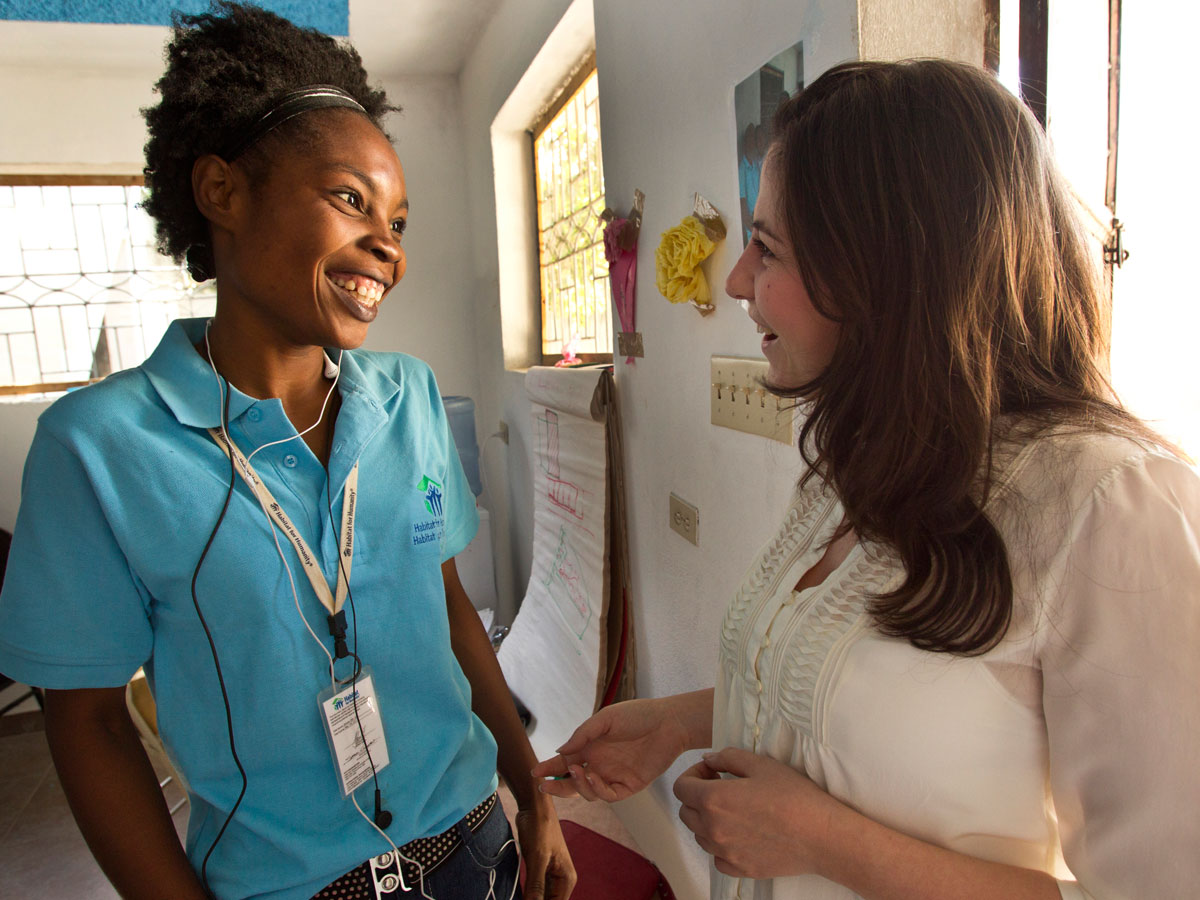No Limits Perth is a local charity doing amazing work in supporting less fortunate members of our community. The organisation is run entirely by volunteers out of a small warehouse in Wangara where they: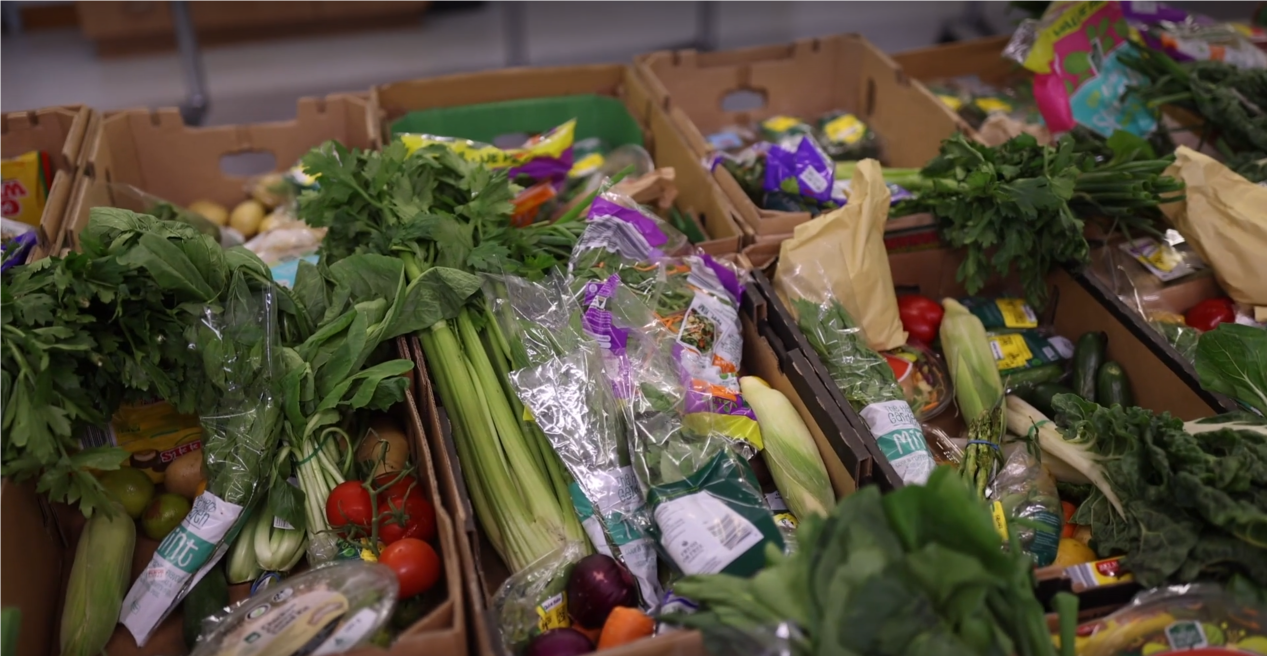
- provide recycled furniture to people in need;
- run a school breakfast program;
- provide nutritious lunches and dinners to 3 schools;
- provide a laundry van to wash clothes for school children and provide new underwear where the existing items are damaged or too dirty;
- provide back to school backpacks and stationary packs for school children; and
- provide emergency packs, kitchen starter packs and cleaning packs to those in need.




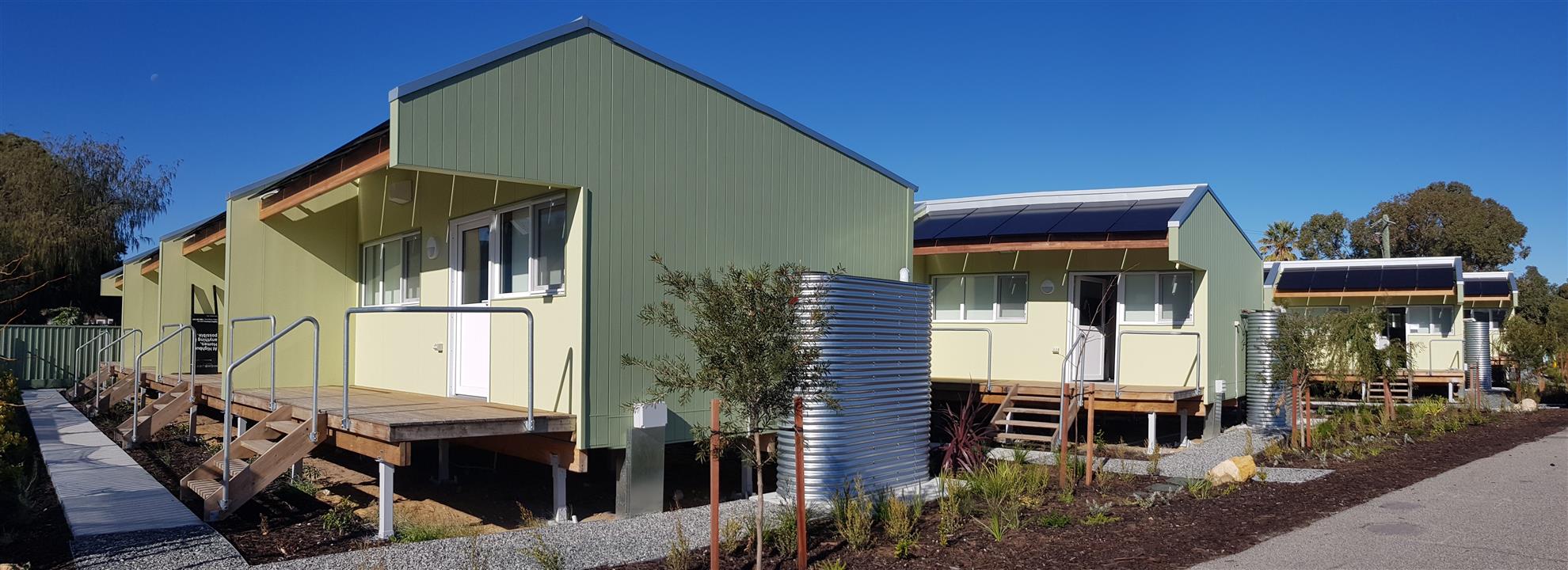
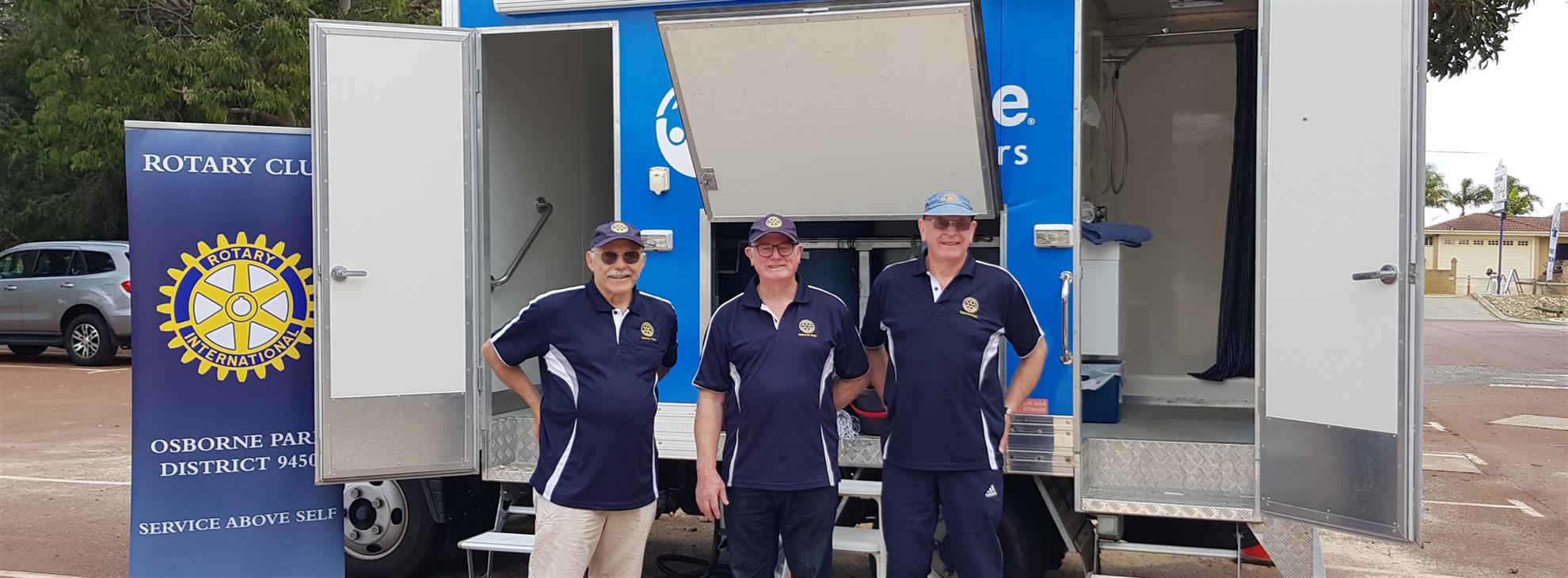



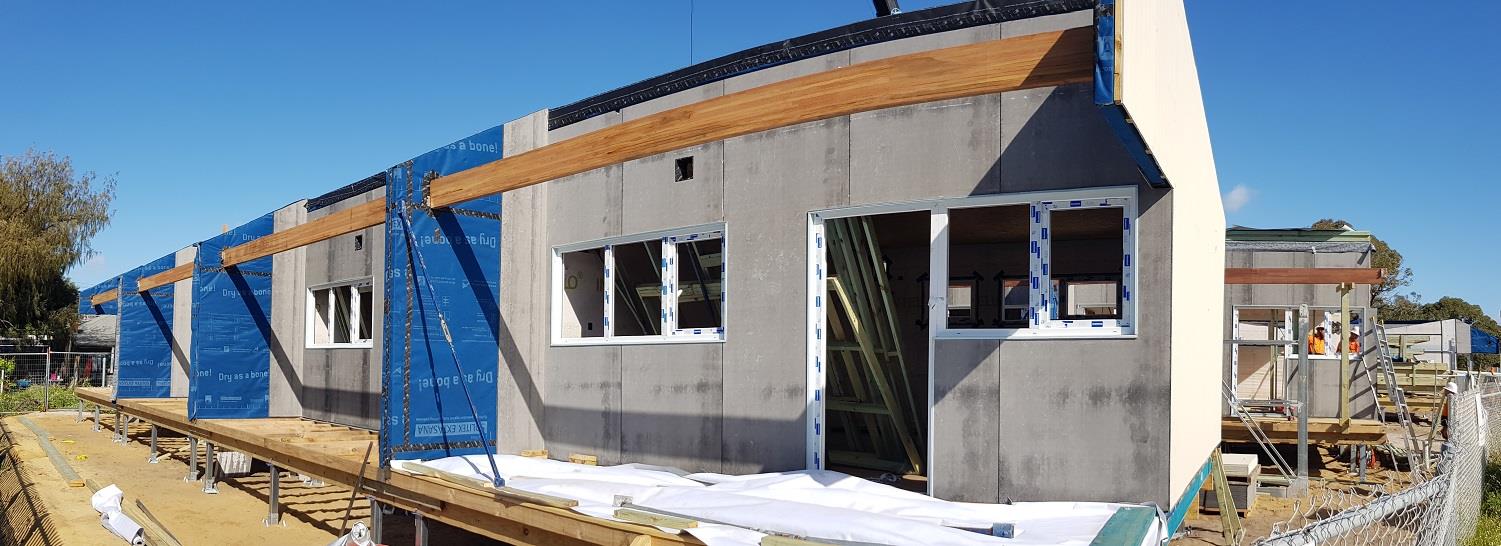
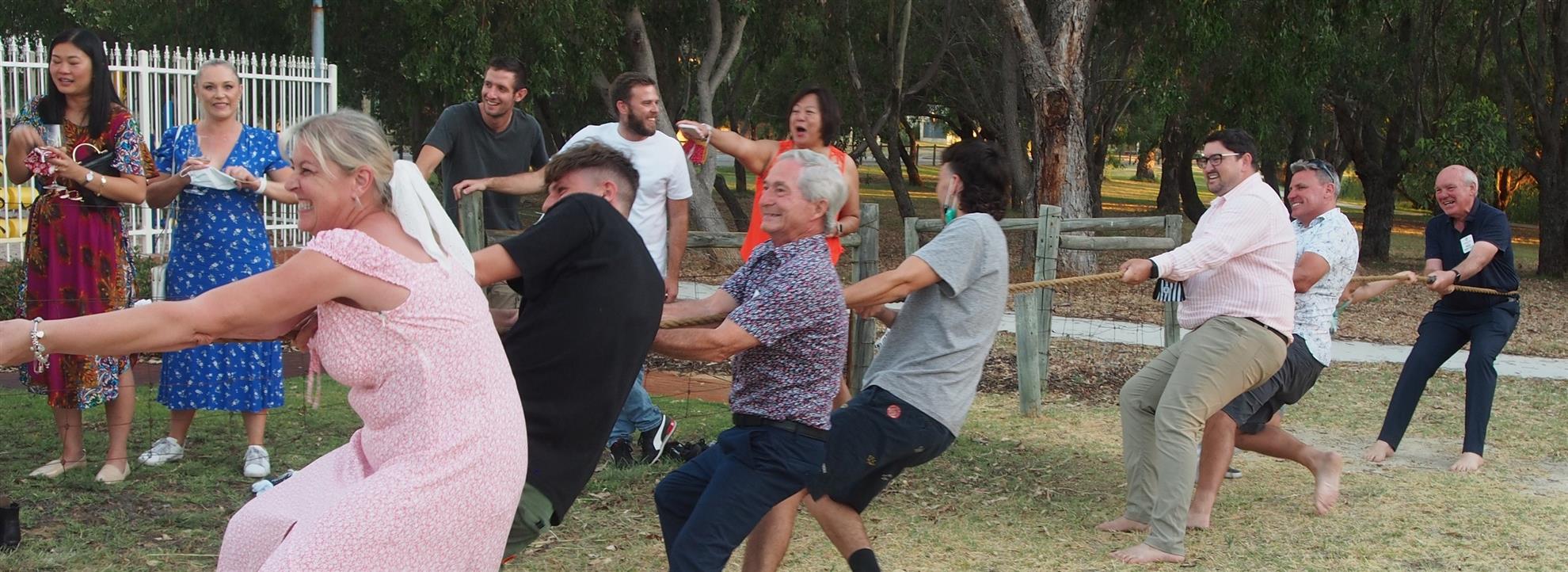
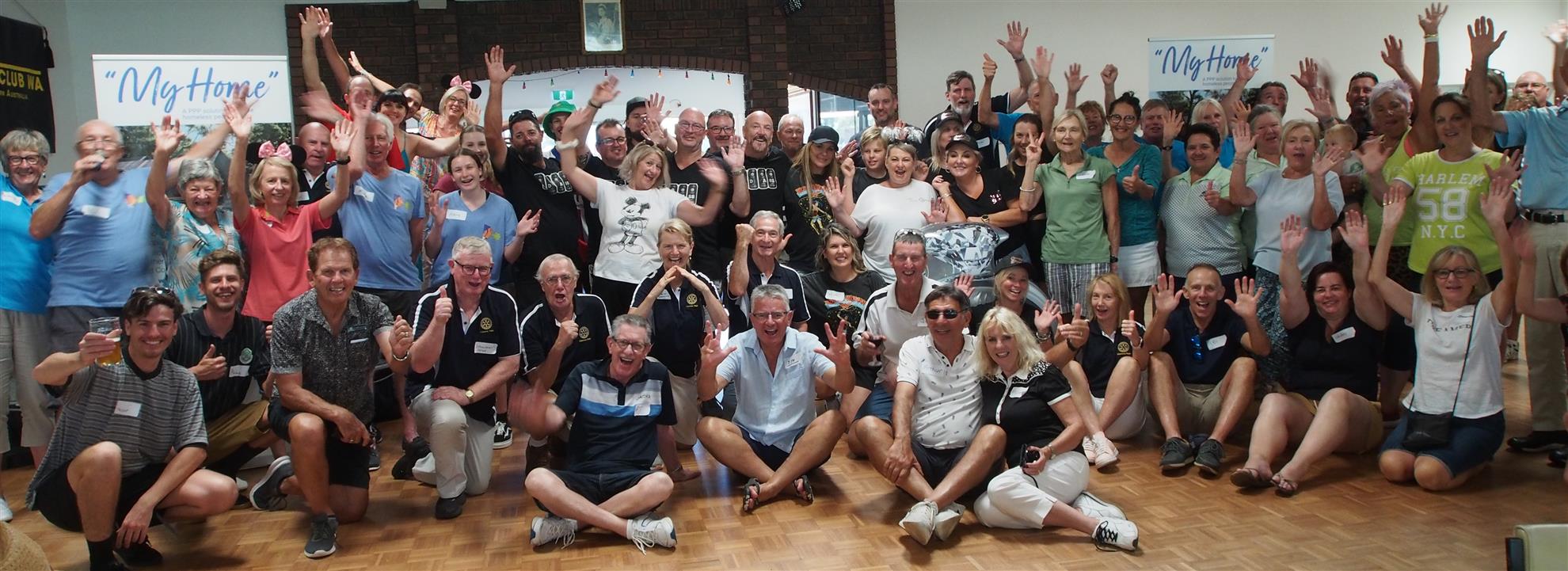
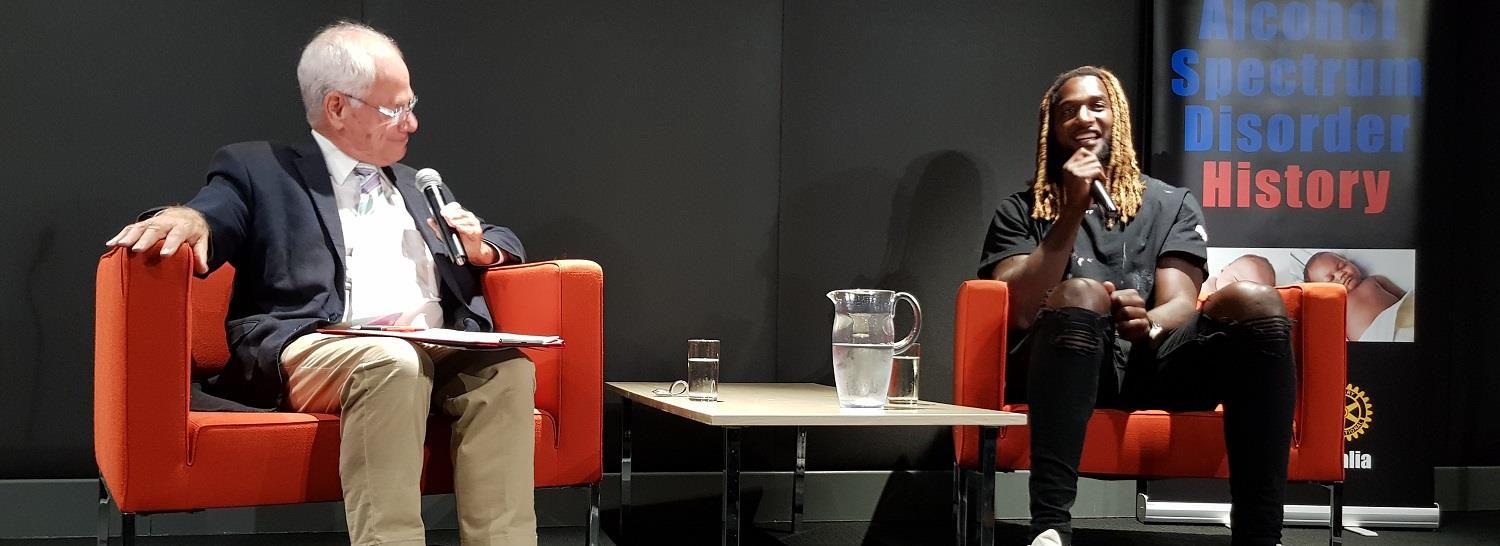

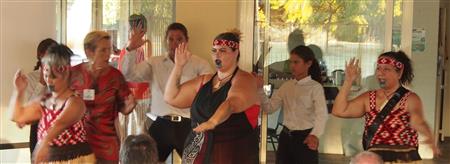
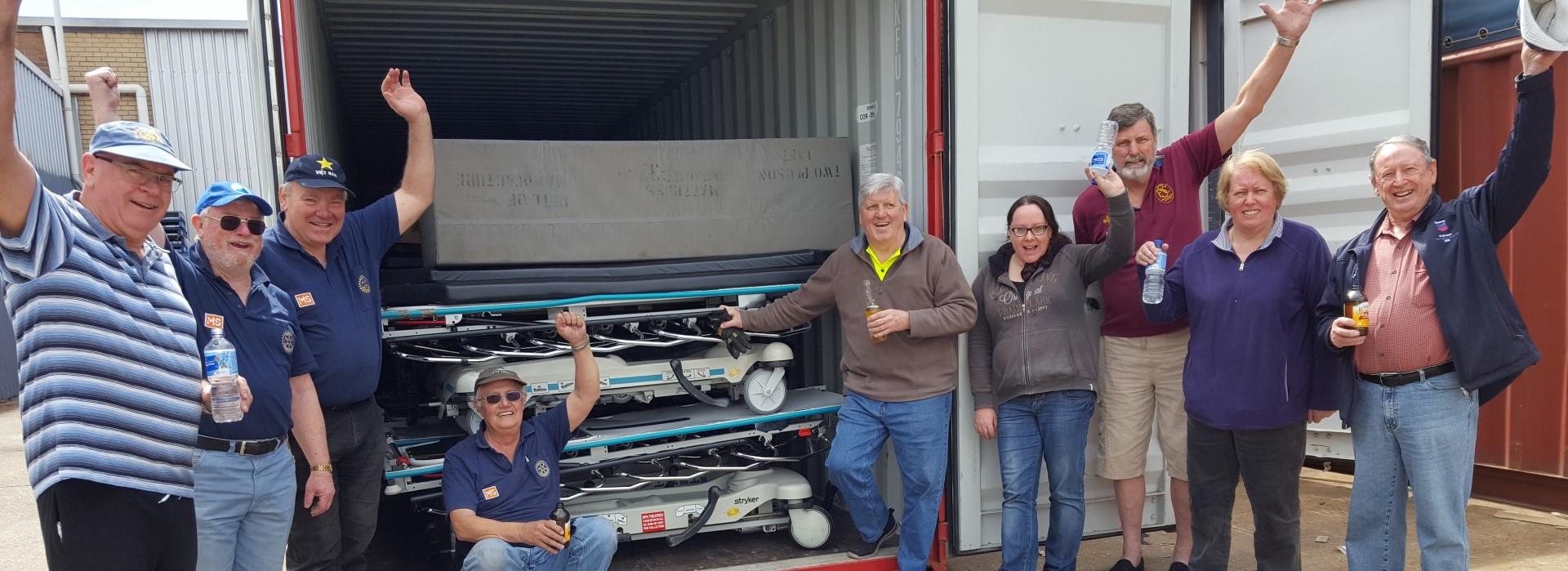
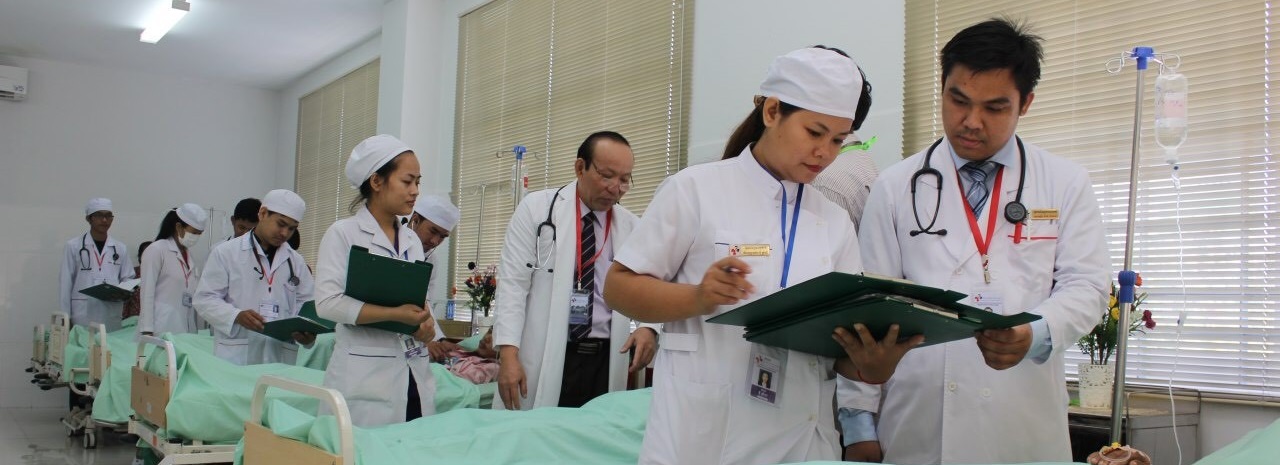
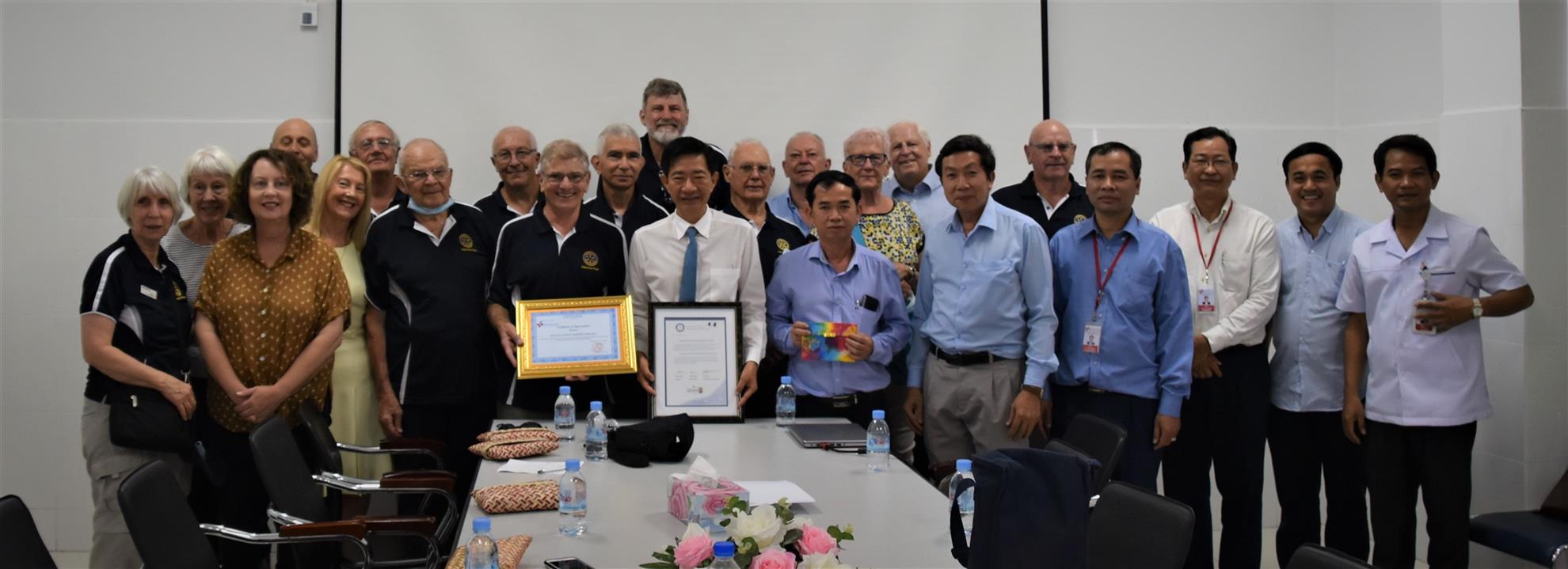

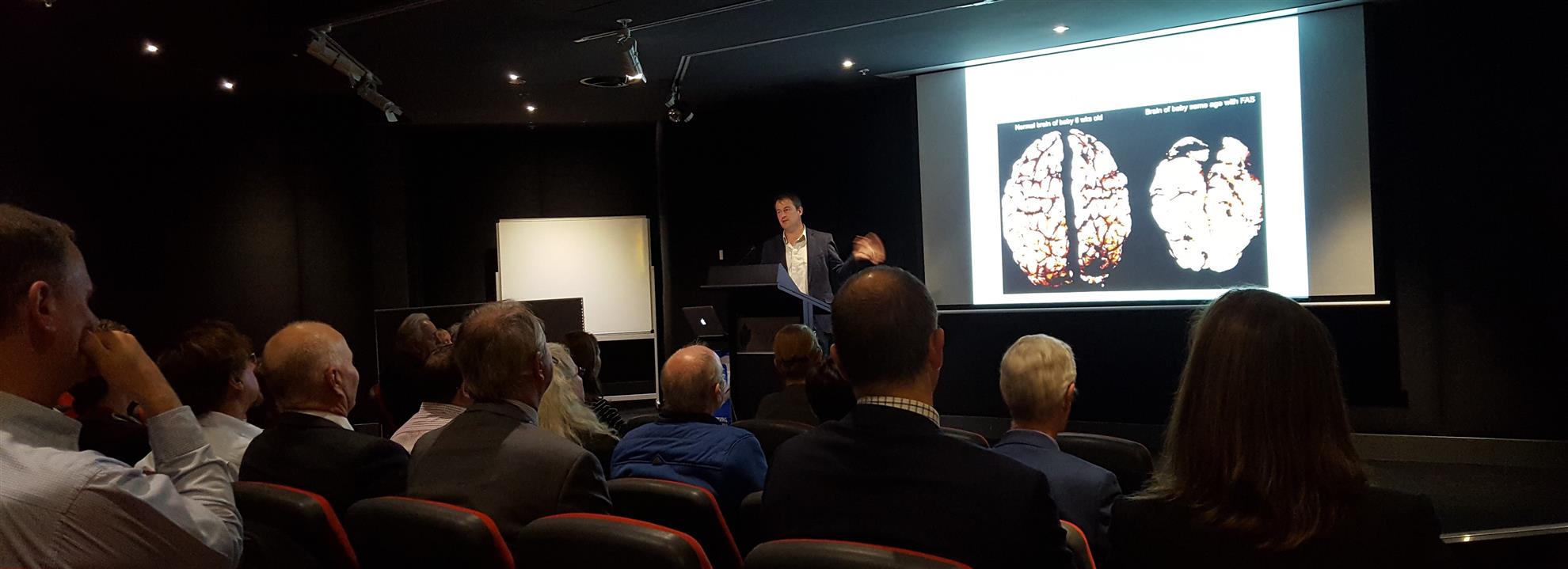

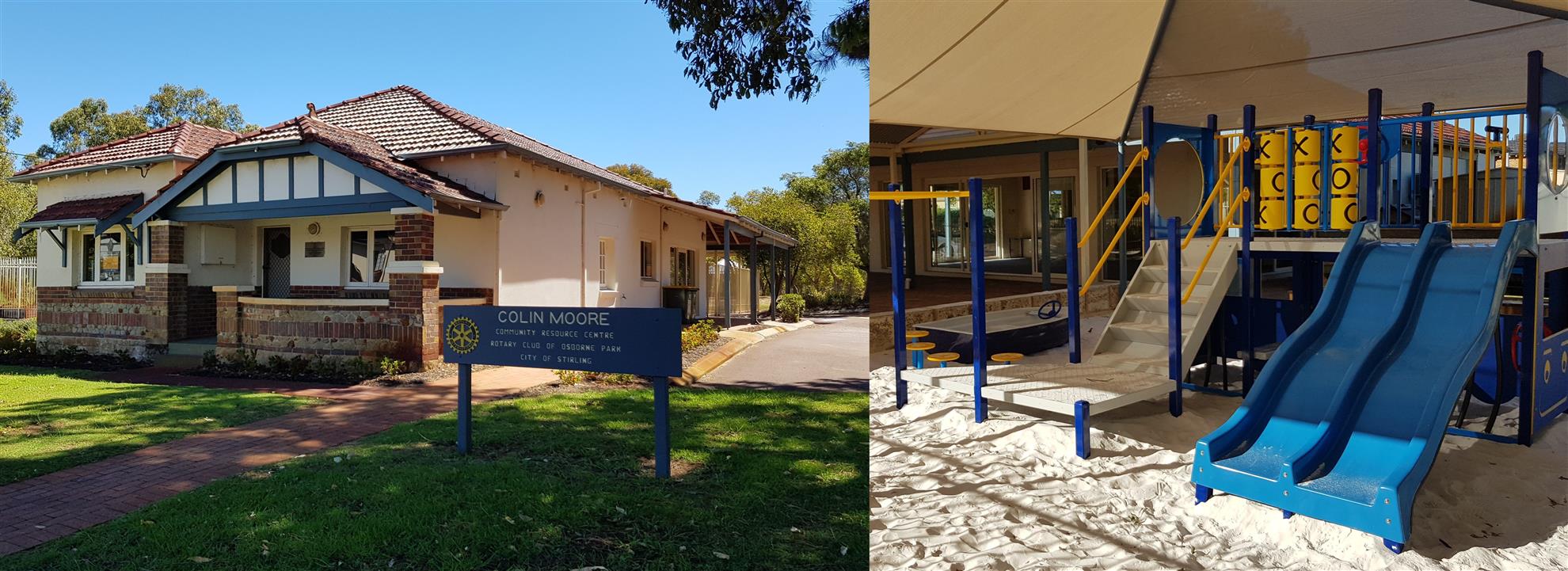
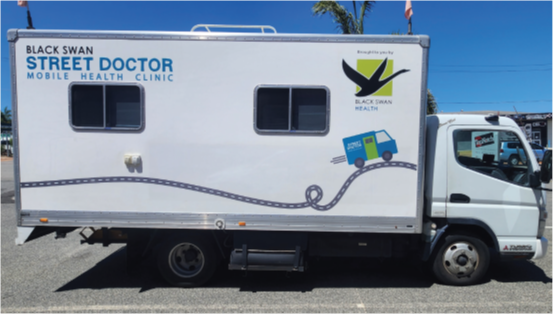
 The service will be provided by Black Swan Health, who have been delivering the Street Doctor service for 20 years, starting in Fremantle, with several clinics in the southern Perth suburbs. There are no clinics north of the river, this will be the first.
The service will be provided by Black Swan Health, who have been delivering the Street Doctor service for 20 years, starting in Fremantle, with several clinics in the southern Perth suburbs. There are no clinics north of the river, this will be the first.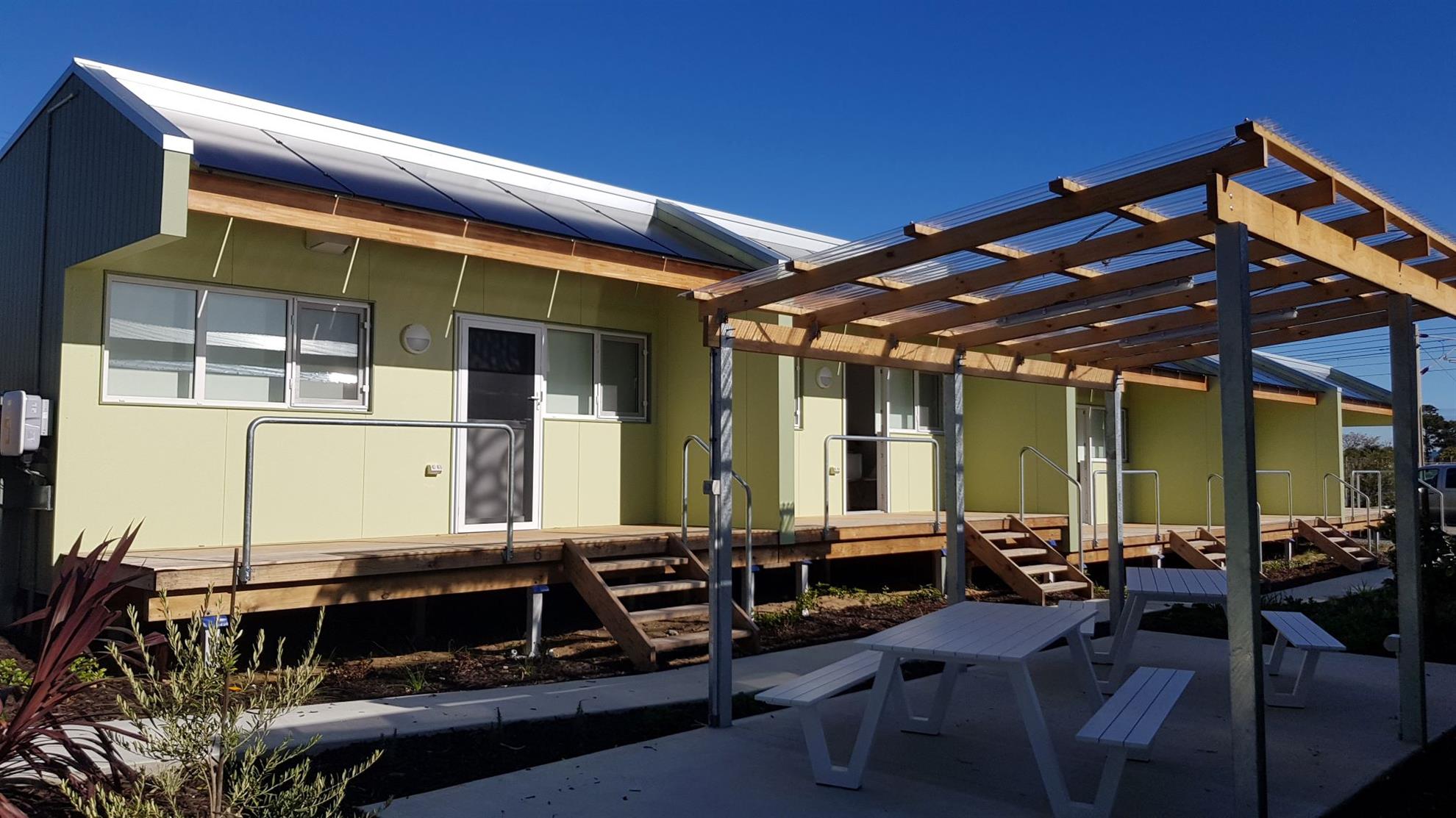
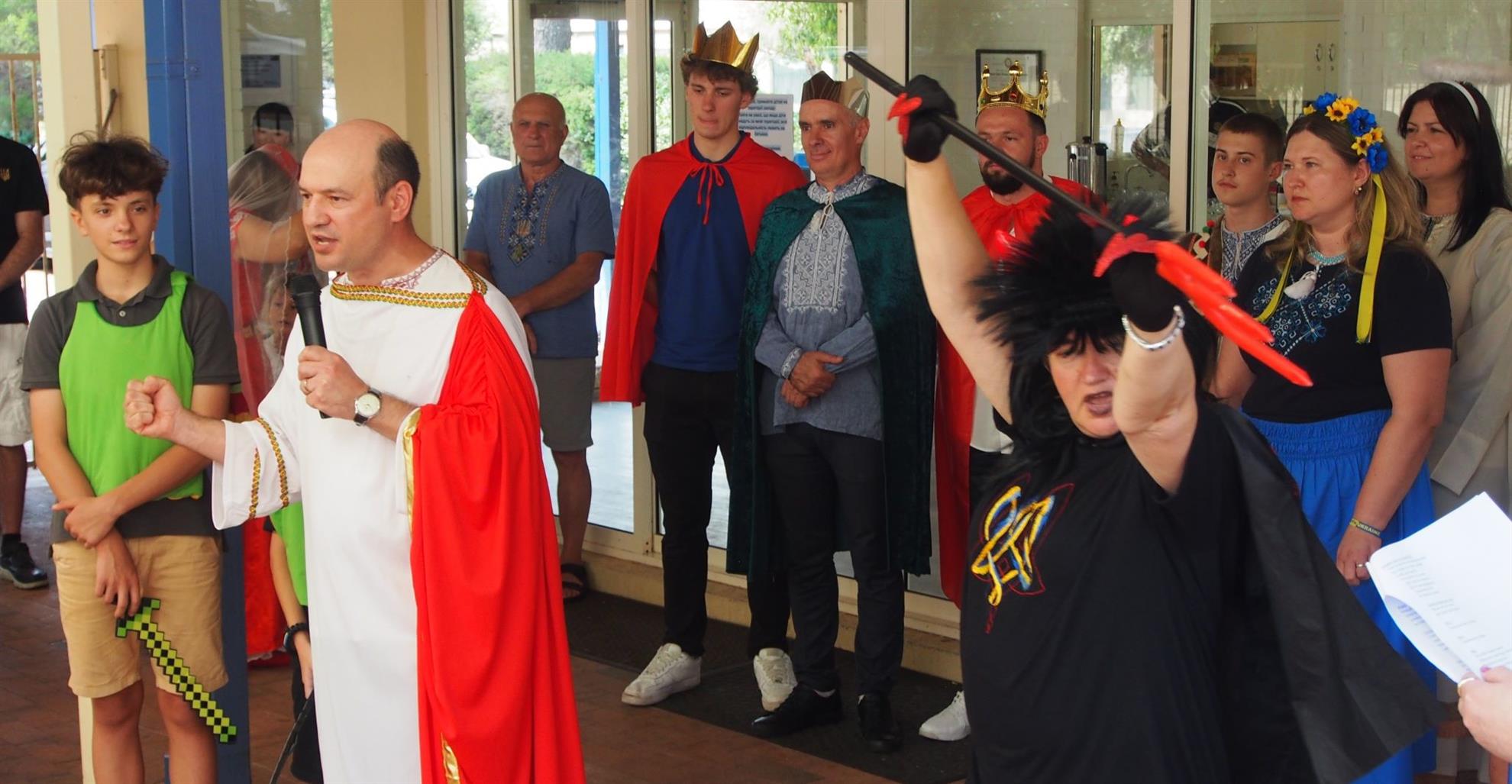 Vertep holds significant importance in Ukrainian culture as a Christmas celebration, and in Perth, they presented a modernized rendition of it. The play's script, written by Yuriy Safronov from St. Louis, USA, was crafted specifically for the Perth Ukrainian Community and is now also performed in the USA. The story revolves around the conflict of Evil vs Good, with characters representing contemporary issues in Ukraine's war. King Herod's alliance with Moscow is mentioned, and Mother Ukraine emphasizes the protection of the people and children of Ukraine.
Vertep holds significant importance in Ukrainian culture as a Christmas celebration, and in Perth, they presented a modernized rendition of it. The play's script, written by Yuriy Safronov from St. Louis, USA, was crafted specifically for the Perth Ukrainian Community and is now also performed in the USA. The story revolves around the conflict of Evil vs Good, with characters representing contemporary issues in Ukraine's war. King Herod's alliance with Moscow is mentioned, and Mother Ukraine emphasizes the protection of the people and children of Ukraine.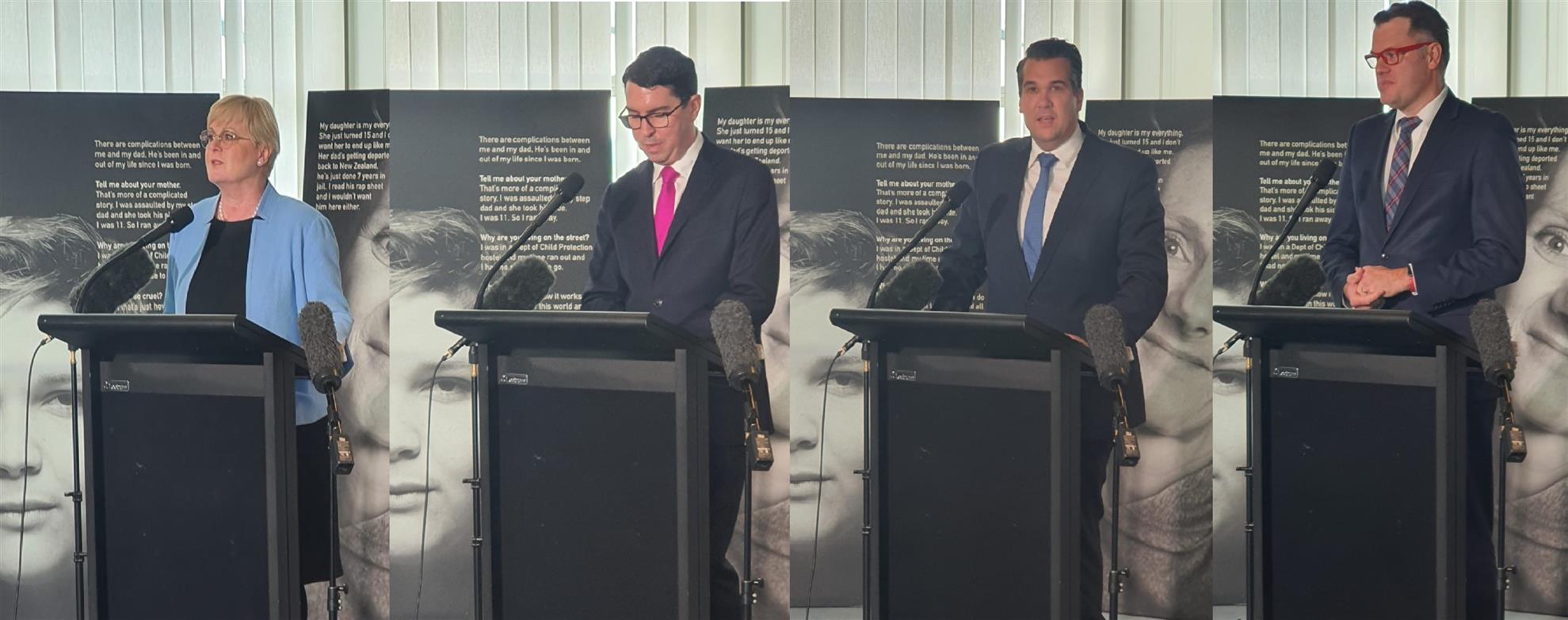
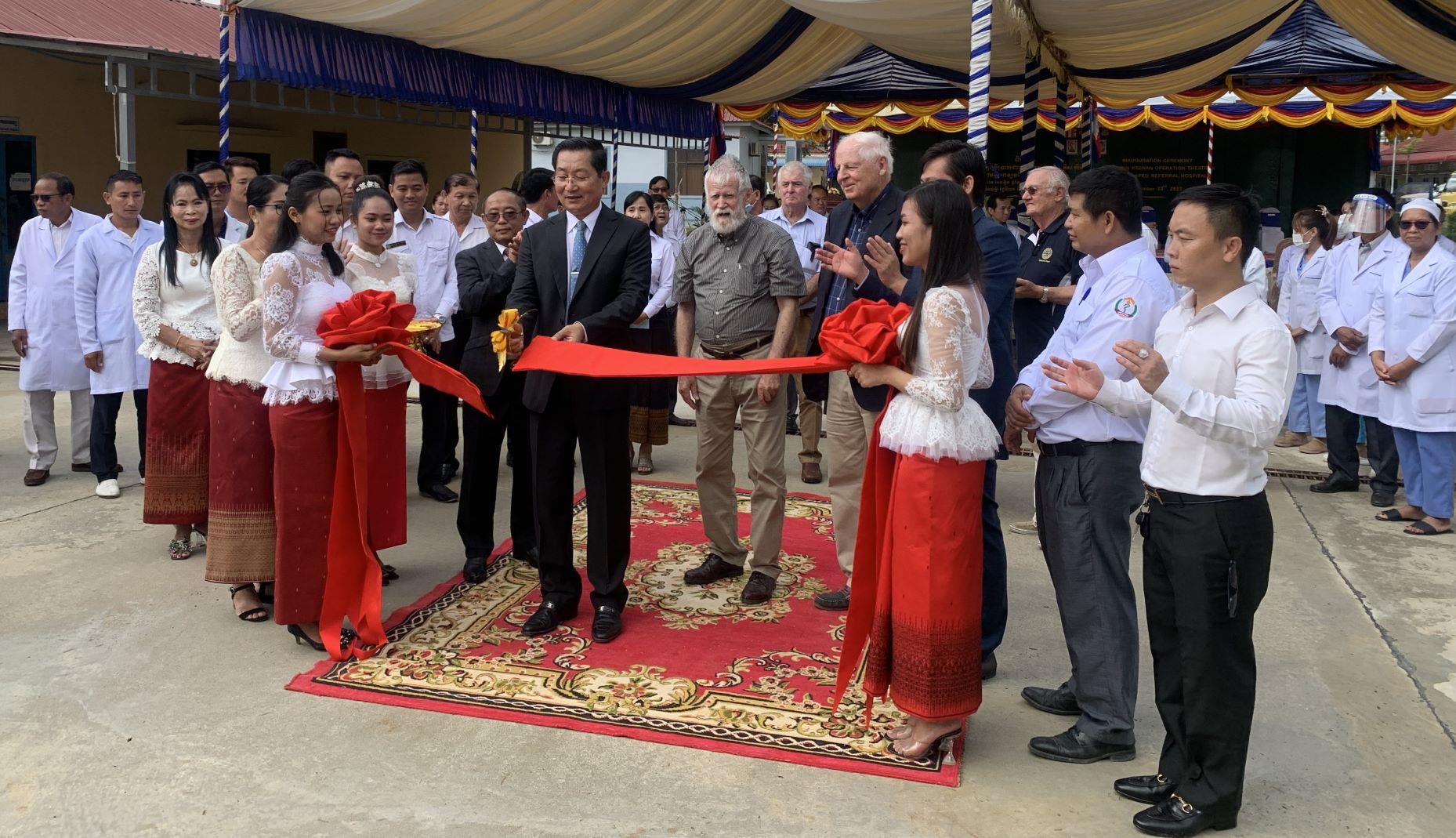




.JPG)

